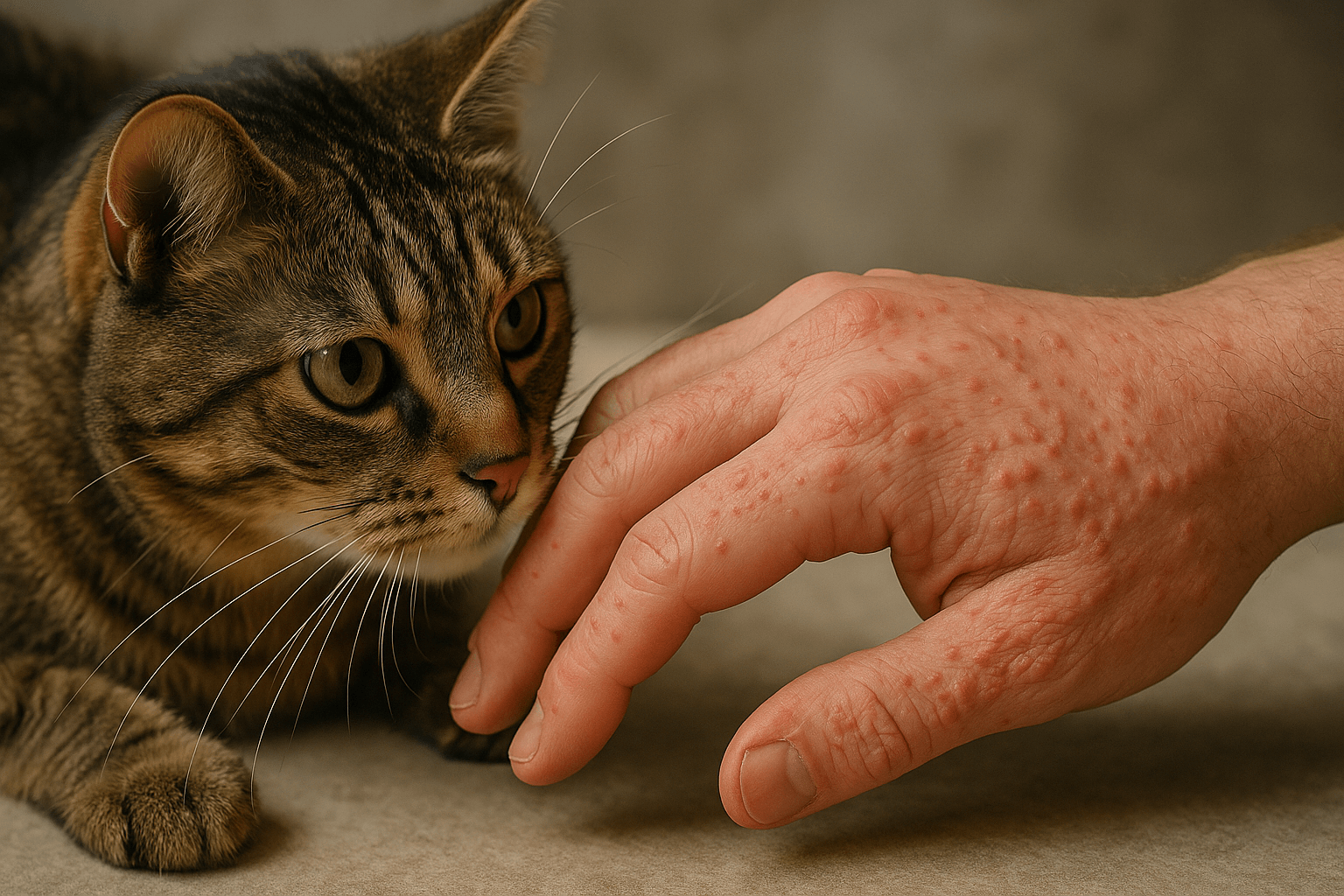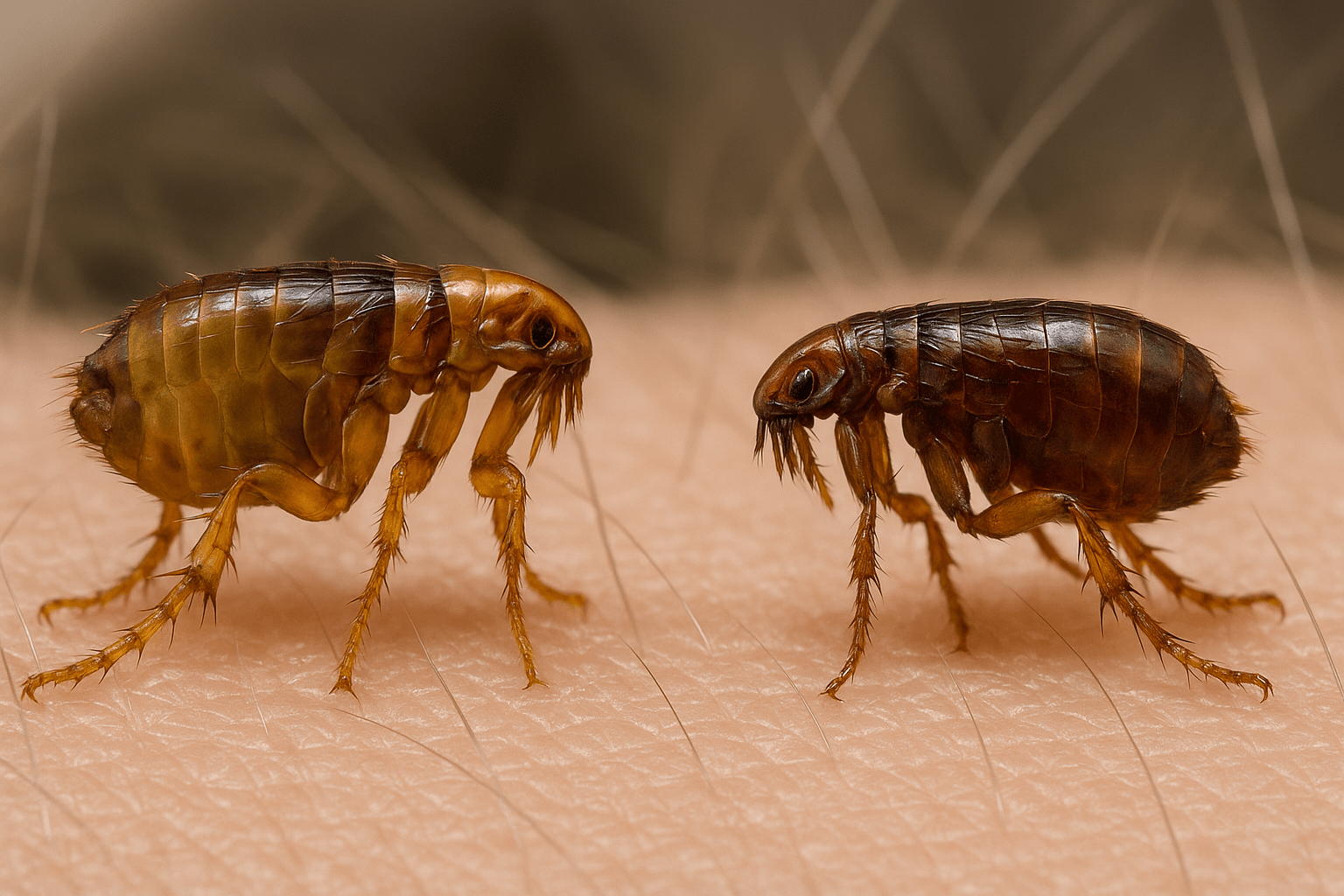Understanding and Treating Cat Ear Yeast Infections
Cats are known for their playful personalities and expressive behaviors, but when it comes to their health, even the smallest issue can cause significant discomfort. One common yet often overlooked problem is a cat ear yeast infection. These infections occur when an overgrowth of yeast disrupts the natural balance in your cat’s ears, leading to irritation, redness, and other symptoms. If left untreated, they can worsen and affect your cat’s quality of life. This blog post will guide you through everything you need to know about cat ear yeast infections, from recognizing the signs to effective treatment options. By understanding this condition, you’ll be better equipped to ensure your feline friend stays happy and healthy.
Signs Your Cat May Have a Yeast Infection in Their Ears
Detecting a yeast infection early is crucial for minimizing discomfort and preventing complications. Cats may not always show obvious signs of pain, but there are several telltale symptoms that can help you identify the issue. Here are some key signs to watch for:
Persistent Scratching or Head Shaking
Your cat may scratch at their ears frequently or shake their head vigorously in an attempt to relieve irritation.Redness and Swelling
The inner ear flap or ear canal may appear inflamed, red, or swollen compared to normal.Unusual Odor
A distinct, unpleasant smell coming from your cat’s ears can indicate a yeast overgrowth.Dark or Waxy Discharge
You might notice a dark brown or yellowish discharge inside the ear, often accompanied by a waxy texture.Behavioral Changes
Your cat may seem more irritable than usual or avoid being touched around the head area.
If you observe any of these symptoms, it’s important to consult a veterinarian promptly. Early intervention can make a significant difference in your cat’s recovery.
Common Causes of Cat Ear Yeast Infections
While yeast naturally exists in small amounts on your cat’s skin, certain factors can disrupt the balance and lead to an overgrowth. Understanding the root causes can help you take preventive measures. Here are some common triggers:
Moisture Build-Up
Excess moisture in the ears creates an ideal environment for yeast to thrive, especially after baths or swimming.Allergies
Food allergies or environmental allergens can compromise your cat’s immune system, making them more susceptible to infections.Poor Ear Hygiene
Neglecting regular ear cleaning can allow debris and wax to accumulate, fostering yeast growth.Underlying Health Conditions
Conditions like diabetes or autoimmune disorders can weaken your cat’s defenses against infections.Parasites
Ear mites or other parasites can irritate the ear canal, paving the way for secondary yeast infections.
By addressing these potential causes, you can reduce the risk of your cat developing a yeast infection and maintain their overall ear health.
Check this guide 👉Understanding Cat Ear Polyps: Best 7 Expert Tips!
Check this guide 👉Natural Remedies for Cat Ear Infections: Best 7 Expert Tips!

Preventive Measures | Benefits |
|---|---|
Regular ear cleaning | Removes excess wax and debris, preventing buildup. |
Keeping ears dry | Reduces moisture that promotes yeast growth. |
Balanced diet | Strengthens the immune system to fight infections. |
Routine vet check-ups | Helps detect issues early before they worsen. |
Parasite prevention | Minimizes irritation caused by mites or fleas. |
Treatment Options for Cat Ear Yeast Infections
Once your veterinarian confirms a yeast infection, they will recommend a treatment plan tailored to your cat’s needs. Effective management involves both professional care and at-home support. Here are some common treatment approaches:
Antifungal Medications
Prescription drops or ointments are often used to target the yeast directly in the ear canal.Ear Cleaning Solutions
Vet-approved cleansers help remove debris and reduce yeast levels during treatment.Oral Medications
In severe cases, oral antifungal drugs may be prescribed to address systemic yeast overgrowth.Anti-Inflammatory Treatments
Medications to reduce inflammation can alleviate discomfort and speed up healing.Follow-Up Appointments
Regular check-ins with your vet ensure the infection is resolving as expected.
With proper treatment and care, most cats recover fully from ear yeast infections within a few weeks.
Tips for Preventing Future Ear Yeast Infections
Prevention is always better than cure when it comes to your cat’s health. By adopting proactive habits, you can minimize the risk of recurring yeast infections. Here are some practical tips to keep your cat’s ears healthy:
Monitor Diet Closely
Ensure your cat receives high-quality nutrition to support their immune system.Inspect Ears Regularly
Frequent checks allow you to spot early warning signs before they escalate.Avoid Over-Cleaning
While cleanliness is important, excessive cleaning can irritate the ear canal.Limit Exposure to Allergens
Keep your home free of dust, mold, and other allergens that could trigger reactions.Seek Immediate Vet Care
Don’t delay veterinary visits if you notice any unusual symptoms or behaviors.
By staying vigilant and taking these steps, you can protect your cat from future ear troubles.
Home Remedies to Avoid
When dealing with a cat ear yeast infection, it’s tempting to try home remedies to alleviate your cat’s discomfort. However, some common “solutions” can do more harm than good. Here are remedies you should avoid:
Apple Cider Vinegar
While often recommended online, vinegar can irritate your cat’s sensitive ear tissues and worsen the condition.Hydrogen Peroxide
This chemical can damage healthy cells in the ear canal and delay healing.Essential Oils
Cats lack the enzymes needed to metabolize essential oils, making them toxic even in small amounts.Over-the-Counter Human Medications
Products designed for humans may contain ingredients that are unsafe for felines.DIY Herbal Mixtures
Unverified herbal solutions can introduce bacteria or allergens into your cat’s ears.
Always consult your veterinarian before trying any new treatment, as professional guidance ensures your cat’s safety and recovery.
Signs That Your Cat’s Condition Is Improving
As your cat undergoes treatment for an ear yeast infection, it’s important to monitor their progress. Certain signs indicate that the treatment is working and your cat is on the road to recovery. Look for these positive changes:
Reduced Scratching
Your cat will scratch their ears less frequently as irritation subsides.Improved Odor
The unpleasant smell associated with the infection will gradually diminish.Decreased Redness
The inflammation in the ear canal will start to fade, returning to a healthier appearance.Clearer Discharge
Any dark or waxy discharge will become lighter and less noticeable over time.Increased Playfulness
As discomfort eases, your cat will likely resume their normal energetic behavior.
These improvements are encouraging signs, but continue following your vet’s instructions until the infection is fully resolved.
Long-Term Care for Sensitive Ears
If your cat has experienced a yeast infection, they may be prone to recurring issues. Implementing long-term care strategies can help keep their ears healthy and prevent future problems. Consider these tips:
Regular Vet Visits
Schedule routine check-ups to catch potential issues early and ensure ongoing ear health.Balanced Diet
Provide a nutrient-rich diet to support your cat’s immune system and overall well-being.Stress Reduction
Minimize stressors in your cat’s environment, as stress can weaken their immune defenses.Proper Grooming
Keep your cat’s fur clean and trimmed around the ears to prevent debris buildup.Environmental Control
Maintain a clean, allergen-free home to reduce the risk of triggering sensitivities.
By adopting these practices, you can create a supportive environment that promotes your cat’s long-term ear health and happiness.
FAQ
Can I treat my cat’s ear yeast infection at home?
While mild cases may improve with over-the-counter solutions, it’s best to consult a vet for a proper diagnosis and treatment plan.
How long does it take to treat a yeast infection in cats?
Most infections resolve within 2–4 weeks with consistent treatment, but severe cases may take longer.
Are certain breeds more prone to ear yeast infections?
Yes, breeds with floppy ears or those prone to allergies may have a higher risk.
Can stress contribute to ear yeast infections?
Stress can weaken the immune system, making your cat more vulnerable to infections.
Is it safe to use human antifungal creams on my cat?
No, human medications can be harmful to cats. Always use vet-prescribed treatments.
Prioritizing Your Cat’s Ear Health
Caring for a cat with an ear yeast infection requires patience, attention, and collaboration with your veterinarian. By recognizing the signs early, understanding the causes, and following proper treatment protocols, you can help your furry companion regain comfort and well-being. Remember, prevention plays a vital role in maintaining your cat’s ear health, so stay proactive and observant. With love and care, your cat can enjoy a happy, infection-free life.
Canned Pumpkin for Cat Diarrhea: Best 7 Expert Tips! Natural remedy to firm stools, soothe upset bellies, and support gut health safely.
Can a Cat Give You Scabies? Best 7 Expert Tips! Discover the truth about feline mites, human skin risks, and how to protect yourself—without panic.
Cat Flea vs Human Flea: Best 7 Expert Tips! Discover the truth about bites, species, and how to eliminate infestations for good.
Weird Cat Behaviors: Best 7 Expert Tips! Discover why cats do strange things—and how to understand, not punish, their instincts for a happier home.





